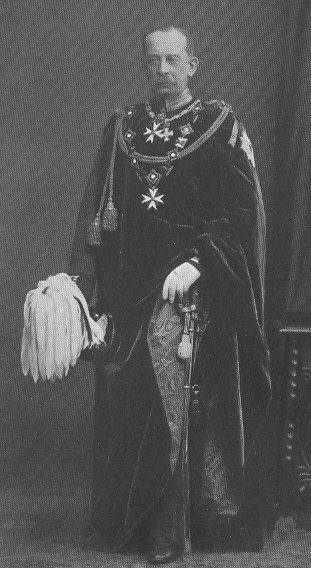Alfred Graf von Schliefen (1833-1913)
Within the German military establishment of the late 19th and early 20th century General Alfred Von Schlieffen occupied a central position in addressing how Germany should face the issues raised by total warfare between nation states - by virtue of his role leading the German General Staff at the 20th Century's turn. Von Schlieffen's quest for a battle of annihilation, niederwerfungsstrategie, envisioned as a means for quickly destroying the enemy army, arose from the conceptual framework previously embraced by seventeenth and eighteenth century Prussian military planners and then Moltke's General Staff in response to Germany's central European position. For von Schlieffen Hannibal's battle of Cannae was a key expression of the idea of a battle of annihilation - a belief most of his peers shared in the German military establishment.
Schlieffen is best remembered however, for a general operational framework he had created early in the 20th Century and addressing how to aggressively fight the Western Allies in the event of war. This framework has often times been erroneously explained as "The Schlieffen Plan" followed by the Imperial German Army after the First World War began. In reality the planning done by Schlieffen left much of the decision making to those that followed him; as per German tradition it was up to his subordinates to fill in the details and then execute their plan as they best saw fit. Schlieffen's loose theoretical framework for the German army's deployment for war thus met a key component of Prussian/German war doctrine; it sought to rely on officers who viewed war making as not a science with a clearly defined methodology but an art that could not be condensed into an
all-encompassing list applicable to every situation.
Picture in Public Domain


